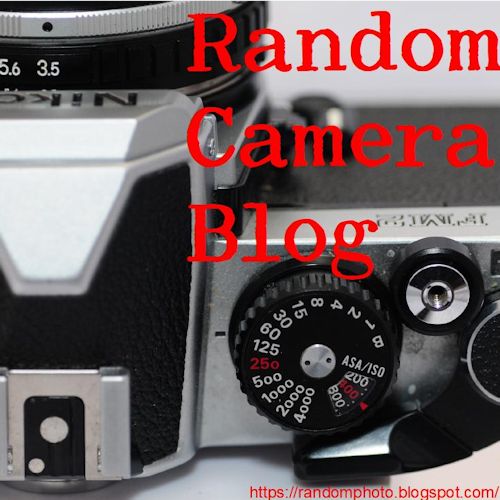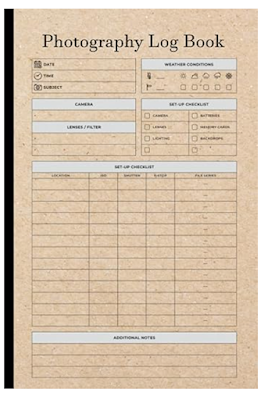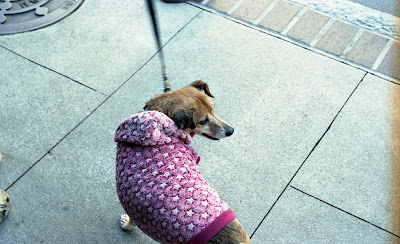Back in December, I received a box of goodies from a friend. Inside, was this unusual-looking point and shoot that really caught me eye. At first, it looked like an all-weather/partially waterproof camera. But that Konica label had me thinking, "Where have I seen this before?" Some sleuthing online brought me the information that I needed, and I now have a camera that is relatively rare in North America. In the late 1980s to mid-90s, Konica produced a series of cameras designed to survive the rigors of industrial work sites. Weather-sealed, with a glass cover over the lens, and using DX-coded 35mm film, the rugged Site Supervisor cameras are basically point and shoots that due to their construction, are larger and heavier than your typical single-focal length point and shoot. This model has a 28mm f/3.5 lens with a normal and a cropped panorama setting. The official name for these are "Genba Kantoku" cameras, for use on construction projects. They are also known as the Foreman or Work Camera.
 |
| Simple and effective layout. |
As far as I know, the different models of Genba Kantoku cameras have one of two standards of shutter speeds, either the 1/5 - 1/500 sec, or 1/4 to 1/280 sec range. I’m not sure what my version has. They all have built-in flash, focus from .5m or .9m to infinity, and a mode button that cycles through options for flash/no flash/closeup/ far-away/self-timer, etc. The film advance and rewind are automatic, and you must use film cassettes with DX coding, or else the camera will default to ISO 25. A small LCD panel on the top provides you with frame number and the shooting option. The camera uses a 2CR5 battery. These cameras are made to withstand the abuse one might give them on a construction site - and I have to say that I am impressed with the solid construction.
 |
| Note the large recessed knob on the side to open the back |
I put in a roll of Fujicolor 200 and shot it within a week or two. I definitely was pleased to have a 28mm wide-angle with the panoramic mode. The camera is very quiet, and focuses quickly. I also like the somewhat cartoonish workman character on the top of the camera. This is a camera you can take anywhere, and not worry about it being fragile. I think that if you are riding a bicycle or a motorcycle, this would be the perfect camera that would resist the bumps along the way, and is also weather-sealed. Probably also a good choice for canoe tips, too. There are few controls to worry about, and they are weather-sealed switches on the top right. The pano/normal switch is next to the eyepiece. The camera weighs just under a pound, which is quite manageable.
 |
| The panorama/normal toggle is next to the eyepiece |
I sent my film into the Reformed Film Lab in Florida, and I was pleased with my developed film. This camera is really nice to use, and the scans below give you an idea of what to expect. These were all scanned in my Epson V700 flatbed scanner.
 |
| pano mode |
 |
| normal mode |
There are other versions of this camera, some with a 35mm f/3.5 lens, one with a 28-56mm zoom, and in the 2000s, there were several digital versions that appear to be more complex to use than the film versions. None of them appear to have been sold in the USA.
If you search eBay, you’ll find Konica Genba Kantoku or Konica Work Site cameras from sellers in Japan. Expect to pay between $50-$250 for one. Certainly cheaper than a Konica Hexar, and probably more reliable. What’s not to like about a weather-proof, shock-proof, dust-proof street camera that has a 28mm lens? I think it’s well-suited to be one of those cameras that you can keep in your car for serendipitous moments, or just carry-around and shoot to your heart’s desire. For me, though, the great thing about this camera is the panorama mode, a 13x36mm frame that looks gorgeous. I look forward to shooting a lot more with it as this year progresses. Thanks, Kim in Kansas, for sending it to me!



















































